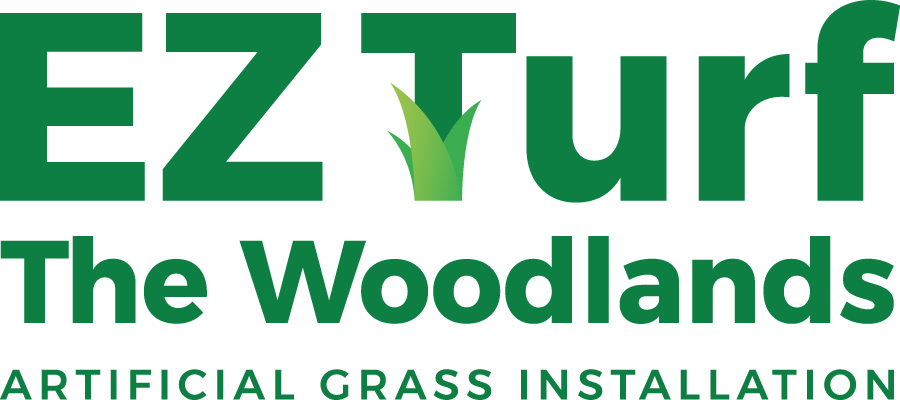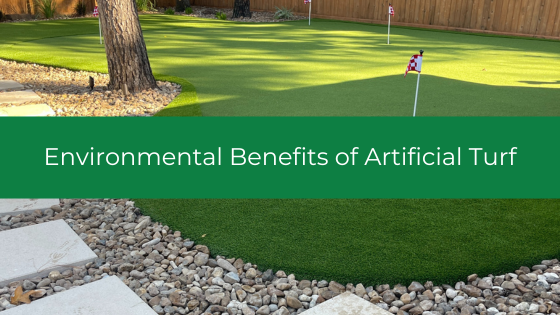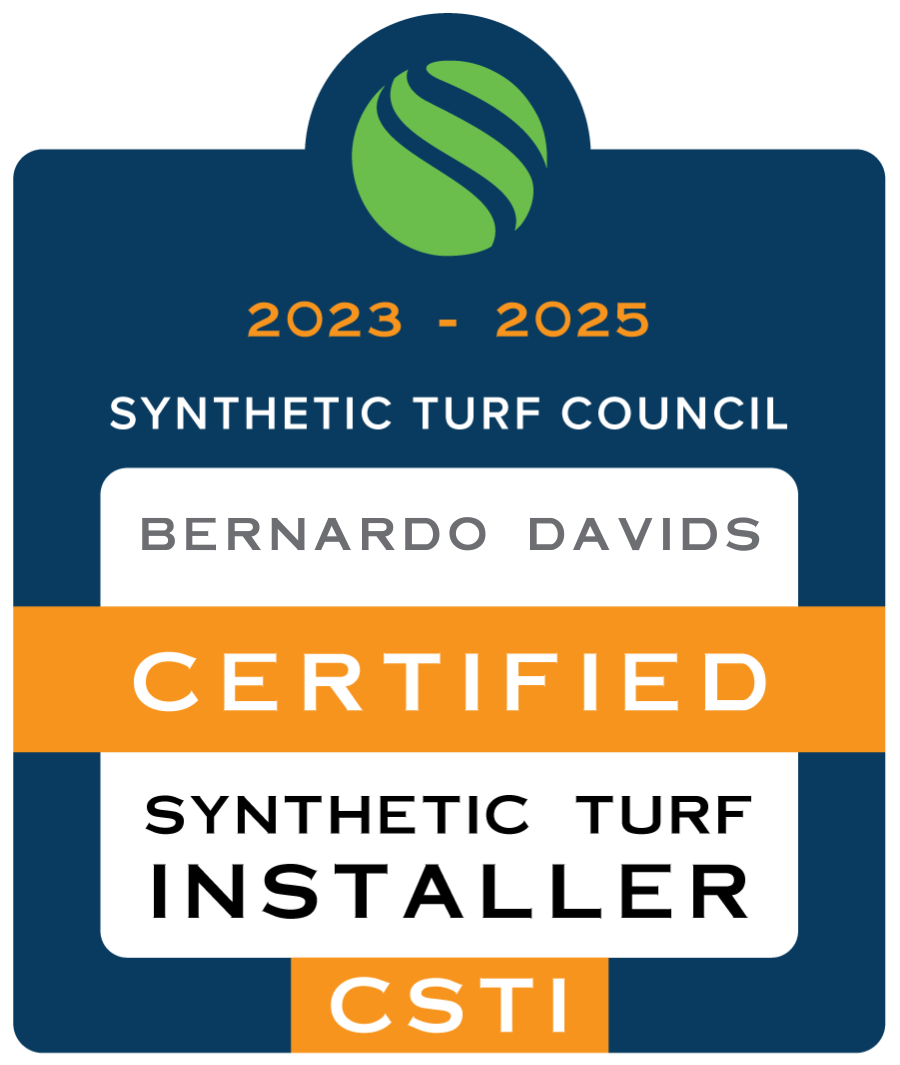Artificial turf is prized for its cost effectiveness, low maintenance design, durability and natural-like appearance. It’s also eco-friendly as the environmental benefits of artificial turf include:
- Reduced water usage
- Reduced pesticide and fertilizer usage
- Reduced emissions due to landscaping equipment
- The use of recycled turf materials
The eco-friendly nature of modern turfs means that property owners can get all the benefits of artificial grass without compromising on environmental impact.
A Closer Look at the Environmental Benefits of Artificial Turf
There are several environmental advantages associated with turf installation, including:
- Reduced water usage – Perhaps the biggest environmental benefit of artificial turf is water conservation. On average, every square foot of natural grass requires hundreds of gallons of water or rainfall every year. That means residential property can conserve thousands of gallons of water (and hundreds of dollars) annually by switching to turf.
Commercial properties or large residential properties (like apartment complexes) can make a major impact on water conservation by switching to artificial grass, potentially saving thousands of dollars in utility costs annually, depending on the property. In areas where water usage is an ongoing concern, turf provides a viable eco-friendly alternative that won’t stress your water usage.Since turf doesn’t need to be watered regularly, your property will create less runoff, which is often contaminated with pollution and undesirable chemicals that can escape into municipal water systems.
- Reduced pesticide and fertilizer usage – Pesticides and fertilizers are toxic to children and animals, and both tend to be washed away during rain or irrigation. That means more chemical pollution finding its way into storm sewers and into bodies of water, where they may do additional damage to wildlife and the environment.
Since artificial turf doesn’t require fertilizers or pesticides, it isn’t a potential source of chemical pollution resulting from landscaping treatment. When your property is soaked by a heavy downpour, rest assured that your turf isn’t leeching pesticides or fertilizers into the water system. Further, property owners can rest easy knowing that people and pets won’t be harmed by lawn chemicals.
- Reduced emissions and carbon footprint – Natural grasses require consistent landscaping to maintain their health and appearance. That means constant mowing, mulching, weed eating, edging and more. Gas powered lawn equipment does the heavy lifting during landscaping jobs, which results in additional air pollution and a larger carbon footprint.
Artificial turf doesn’t grow, so it needs very little maintenance to remain in viable shape. By cutting out the landscape maintenance, your property is also cutting down on any environmental impacts.
- The use of recycled turf materials – Modern artificial grasses are made with recycled materials that would otherwise end up in a landfill as waste. Reclaimed rubber, for example, is often produced from tires and other waste materials. Synthetic turf gives these materials a second life, keeping them out of the landfill and reducing the need to incorporate virgin materials into the artificial grass.
How a Professional Turf Installer Improves the Turf’s Environmental Friendliness
Turf offers a multitude of advantages to property owners, but most of them can only be captured if an expert turf company manages the installation process. Here’s why:
- The turf professionals only use high quality artificial grasses – Eco-friendly turfs are typically high-quality turfs, with premium materials that are often better for the environment. Further, quality turfs are more durable and therefore less likely to shed pollutants when subjected to wear or rough weather. A reputable turf company will also work with its environmental-minded clients to identify the most eco-friendly artificial grasses on the market.
- The turf professionals minimize waste – Waste reduction is a priority for any property owner that wants to reduce their environmental impact. The turf experts can support this goal with efficient installation practices that eliminate waste – mostly in the form of leftover or unusable turf.
DIY installers are much more likely to damage the turf during placement (such as making a bad cut) and waste turf as a result. Expert turf installers don’t make these kinds of mistakes and instead seek to use the turf as efficiently as possible. - The turf professionals will prepare the site properly – A reputable turf company will compact and grade the project site for proper drainage. This, along with turf’s excellent drainage capabilities, means that water will drain efficiently from the property. That’s necessary for erosion control and to protect the composition and quality of nearby soils.
Artificial Grasses are a Durable, Versatile and Environmentally Friendly Option for all Types of Properties
When residential and commercial property owners consider turf’s benefits, they may not think about its environmental advantages. However, those environmental benefits are significant as turf can reduce pollution, waste and carbon emissions. If you are partnered with a proven turf installer, your property can prioritize eco-friendliness without compromising on cost or quality.
- Choosing The Best Pet Turf - April 16, 2025
- The Benefits of Having Artificial Turf in Houston - April 2, 2025
- Best Types of Artificial Turf for Residential Lawns - February 28, 2025


